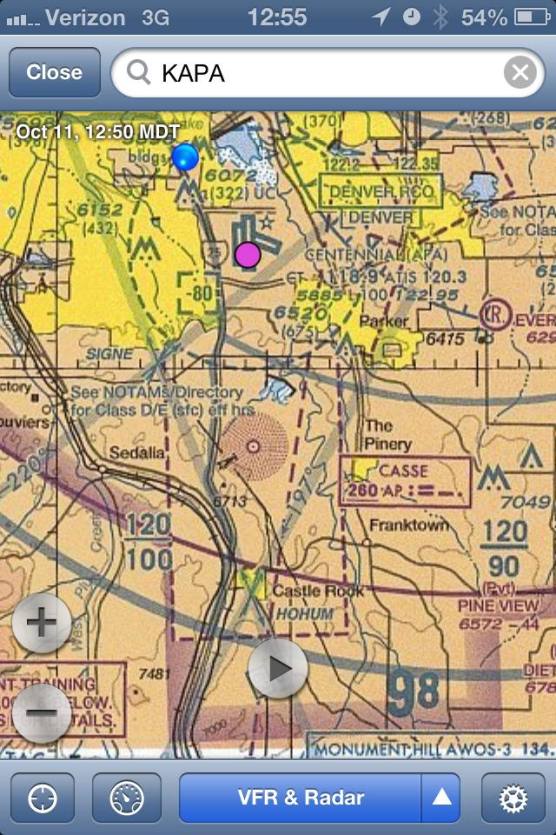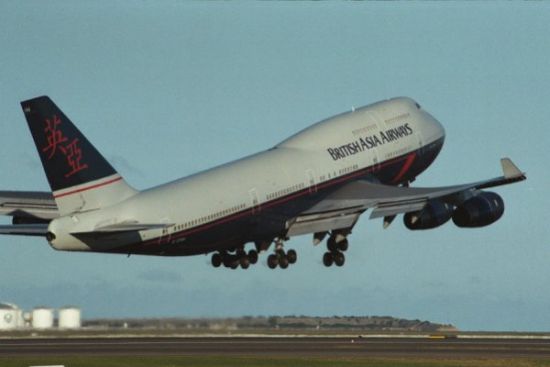Captain
Final Approach
From my experience.
In the USA:
I've mistakenly filled low. I use FltPlan.com and it defaults to a set altitude based solely on length of flight. So if you file from DEN to ASE you could get a default alt that is lower than the dirt enroute. Once I neglected to look at the chart and used the default alt. There was a mountain range in between the departure and destination airport and then default altitude that I unwisely filed was below dirt. ATC saved me when I picked up my clearance and the cruise altitude was raised and there was no issue.
OUTSIDE the USA:
Never happened to me but I have heard stories of foreign ATC's giving the Captain whatever altitude he requests...even if that altitude flies them straight into a mountain. Their attitude is, "hey, he's the Captain. Who am I to second guess his authority?".
In the USA:
I've mistakenly filled low. I use FltPlan.com and it defaults to a set altitude based solely on length of flight. So if you file from DEN to ASE you could get a default alt that is lower than the dirt enroute. Once I neglected to look at the chart and used the default alt. There was a mountain range in between the departure and destination airport and then default altitude that I unwisely filed was below dirt. ATC saved me when I picked up my clearance and the cruise altitude was raised and there was no issue.
OUTSIDE the USA:
Never happened to me but I have heard stories of foreign ATC's giving the Captain whatever altitude he requests...even if that altitude flies them straight into a mountain. Their attitude is, "hey, he's the Captain. Who am I to second guess his authority?".




